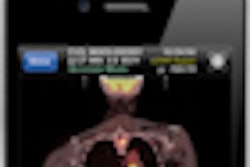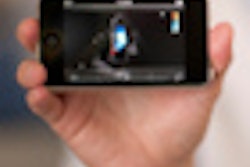A film digitizer and a low-cost PACS have been used for more than three years to display and store chest x-rays of patients with HIV in a hospital in Eldoret, Kenya. By having rapid access to prior chest exams for comparison, clinicians are better able to diagnose and monitor tuberculosis in these health-compromised patients.
To maintain uniform reporting, a single structured report with 20 question-and-answer pairs has been developed. The structured reporting framework was designed so that new forms can be added without the need to modify the system's database, according to presenter Dr. Marc Kohli, an assistant professor and director of safety and quality at the Indiana University School of Medicine Department of Radiology and Imaging Science.
More than 10,000 digitized chest x-rays have been acquired since its operation, and nearly 7,000 structured reports have been prepared since this feature was implemented in 2009.
Kohli and colleagues attribute the project's success to strong collaborations with Kenyan radiologists Dr. Joseph Abuya and Dr. Livingstone Wanene. The project is being funded through donations from radiologists and staff at the Indiana University Department Of Radiology and Imaging Sciences, where the PACS also was developed.
"The next steps will be transmitting results using HL7 standards to the local electronic medical records of Eldoret Hospital," Kohli told AuntMinnie.com. "A mobile x-ray van is also being constructed, a project that is being funded by the National Library of Medicine."



















